A lightweight material that adsorbs high volumes of hydrogen could represent a promising new class of energy storage system. The supramolecular network beats the ‘ultimate’ targets set by the US Department of Energy (DoE) for hydrogen-storage systems in hydrogen fuel cell-powered vehicles.
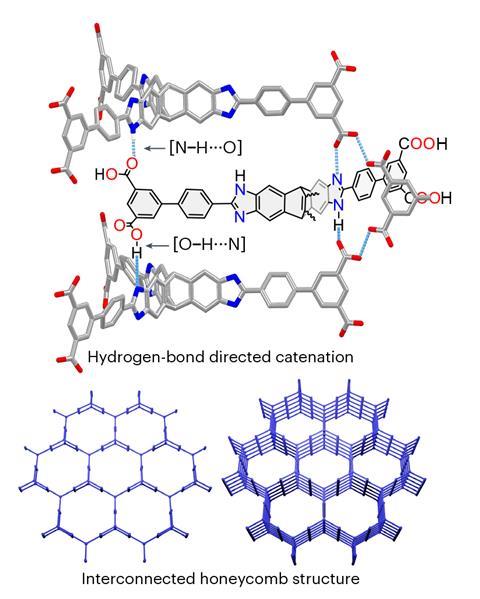
Hydrogen is often touted as an important clean energy carrier of the future, but transporting useful quantities of it poses a major challenge. While gram-for-gram hydrogen has around three times the energy content of petrol, it also takes up a lot more space. Even when it’s compressed to 700 times atmospheric pressure, around 7 litres of hydrogen is still only equivalent to the amount of energy stored in 1 litre of petrol.
It’s for this reason, that many researchers are trying to develop materials that can adsorb large amounts of hydrogen in smaller spaces. The DoE set ultimate targets for these systems, saying that the ideal candidates should have a large capacity – able to store over 50g of hydrogen per litre of material – and that storage material itself should not be too heavy, meaning that the weight of stored hydrogen should be at least 6.5% of the total system. While many systems hit the weight targets, few manage to balance both of these requirements.
Now, an international research team including 2016 chemistry Nobel laureate Fraser Stoddart has developed a new type of supramolecular material that meets both of the DoE’s targets. The material’s molecular structure comprises a network of interlinked organic molecules that are arranged in a honeycomb motif. By interlinking, or catenating, the molecules the material is made more stable than other porous organic frameworks based on light elements.
While the material does require cryogenic cooling for best performance, the team showed that it could store 53.7g of hydrogen per litre, at which point hydrogen makes up 9.3% of the system’s weight.
In its report on the findings, the team noted that the results ‘demonstrate the potential of supramolecular crystals as promising candidates for onboard hydrogen storage’.
References
R Zhang et al, Nat. Chem., 2024, DOI: 10.1038/s41557-024-01622-w


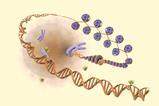


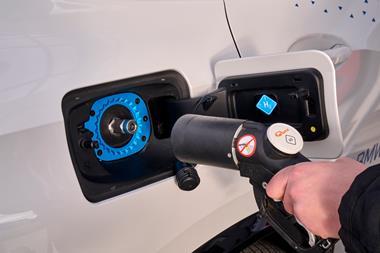
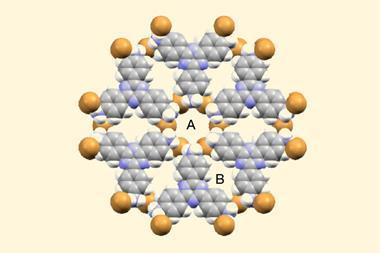

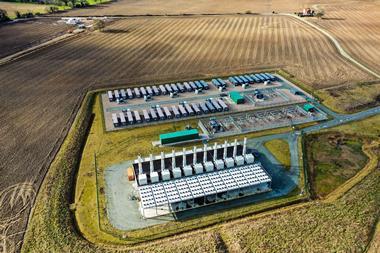


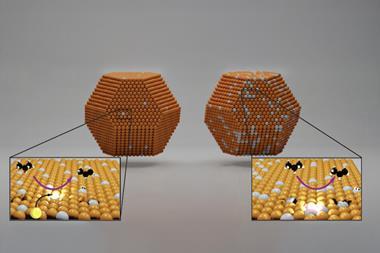
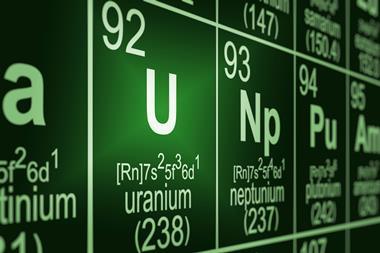


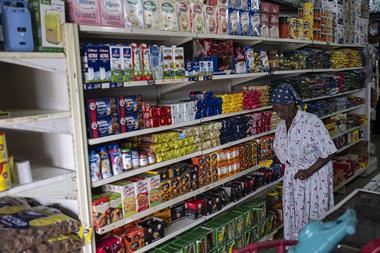
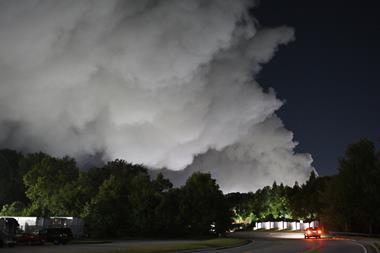
No comments yet